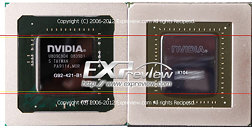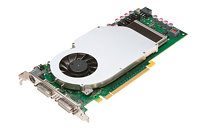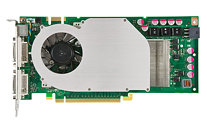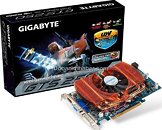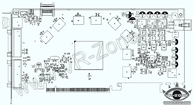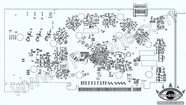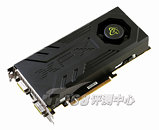
GK104 Silicon Roughly As Big As G92b
When the first PCB shot of the GK104 reference board surfaced, it sent the punters estimating the die area of the GK104 GPU, which the pinned at somewhere around 320 mm². A newer close-up picture of the GK104, helped calculate the figure more accurately, down to around 300 mm² (±5 mm²). This calculation also takes into account that the GK104 chip-package is as big as that of the G92, and the die just as big. It was compared alongside a 55 nm G92b chip. GK104 is NVIDIA's newest performance GPU built on the Kepler architecture, on which SKUs such as the GeForce GTX 680, are based.
